Getting through Dallas/Fort Worth International Airport might feel like running a marathon before your actual flight begins.
This massive transportation hub has earned the unofficial title of America’s longest walk, with some routes stretching over two miles from start to finish.
Travelers regularly find themselves gasping for breath and checking their step counters in disbelief as they navigate between terminals and gates.
1. Terminal-to-Terminal Trek Takes Over 40 Minutes

Skipping the SkyLink train system turns your airport experience into an endurance test worthy of Olympic training. Walking from one end of DFW to the other requires serious commitment and comfortable shoes.
Your pace determines everything, but most travelers need at least 40 minutes to complete the full journey on foot. Gate changes during tight connections become genuine emergencies when you’re relying solely on leg power.
Smart travelers quickly learn that the free shuttle system exists for very good reasons.
2. Record-Breaking 2.16-Mile Route Spans the Airport
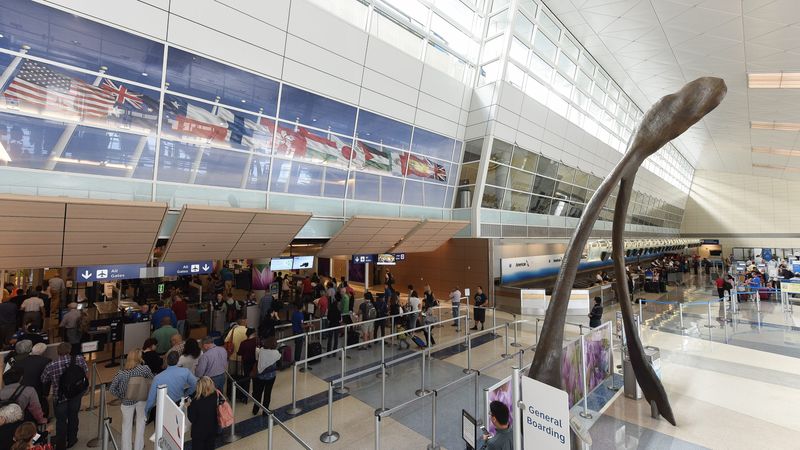
Recent studies by Casago revealed the shocking truth about DFW’s longest possible walking route. From Terminal A to Terminal D, travelers face a grueling 2.16-mile journey that tests both patience and physical endurance.
Picture walking across 38 football fields end-to-end, and you’ll understand the scale of this airport adventure. Your fitness tracker will think you’ve started an intense workout session.
Many passengers discover this distance the hard way during unexpected gate changes or missed shuttle connections.
3. Airport Grounds Dwarf Manhattan Island
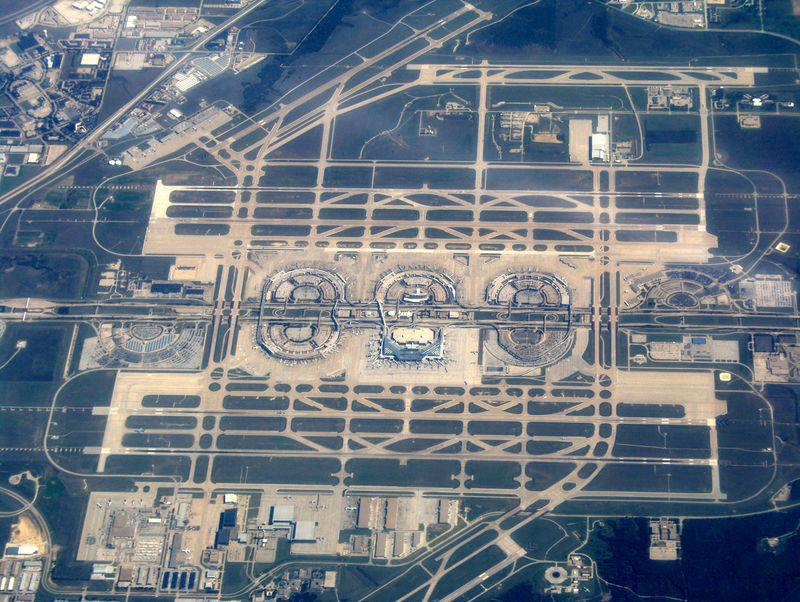
Spanning over 17,000 acres, DFW physically outsize the entire island of Manhattan in raw land area. This mind-boggling comparison puts the walking distances into proper perspective for weary travelers.
Only Denver International Airport claims more territory in the United States. The sheer scale explains why moving between terminals feels like traveling between different cities.
Urban planners designed DFW with expansion in mind, creating a sprawling layout that prioritizes aircraft operations over pedestrian convenience.
4. Global Traffic Rankings Increase Walking Chaos
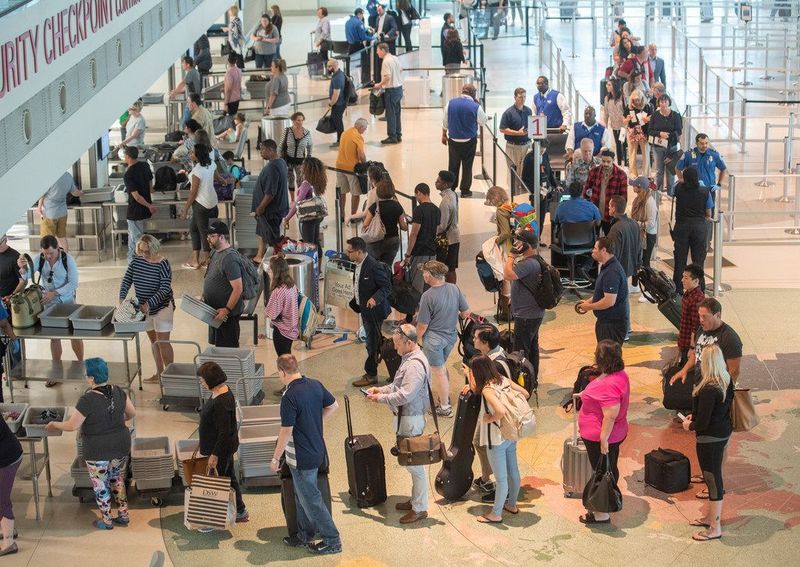
Consistently ranking among the world’s top five busiest airports, DFW processed over 75 million passengers in 2023 alone. More travelers directly translates to more crowded walkways and longer navigation times.
Peak travel periods transform the terminals into human rivers flowing in multiple directions. Rush hour at DFW resembles a metropolitan subway system during morning commutes.
Popular flight times create bottlenecks that can double your walking time between distant gates.
5. SkyLink Train System Becomes Essential Survival Tool
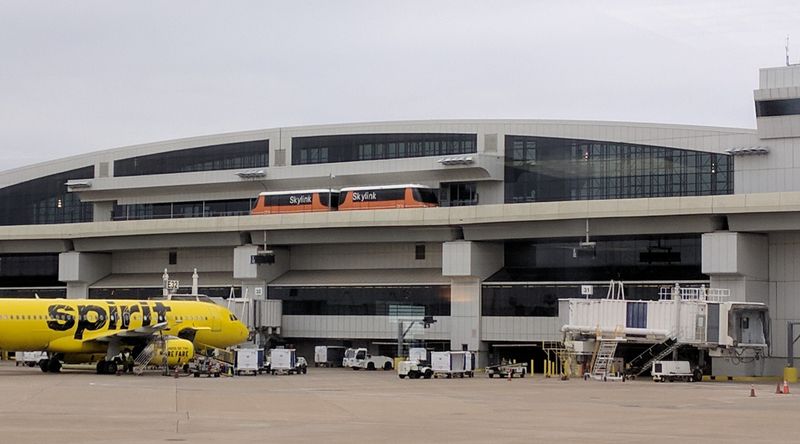
Running every two minutes between all terminals, the SkyLink train transforms from convenience to absolute necessity. Missing your connection becomes a real possibility without this automated lifeline.
Free rides cover the distances that would otherwise require serious hiking boots and trail mix. The train cars offer blessed relief for tired legs and heavy carry-on bags.
During system maintenance or unexpected delays, the backup walking routes reveal just how dependent travelers become on mechanical assistance.
6. Five Terminal Layout Spreads Gates Across Vast Distances
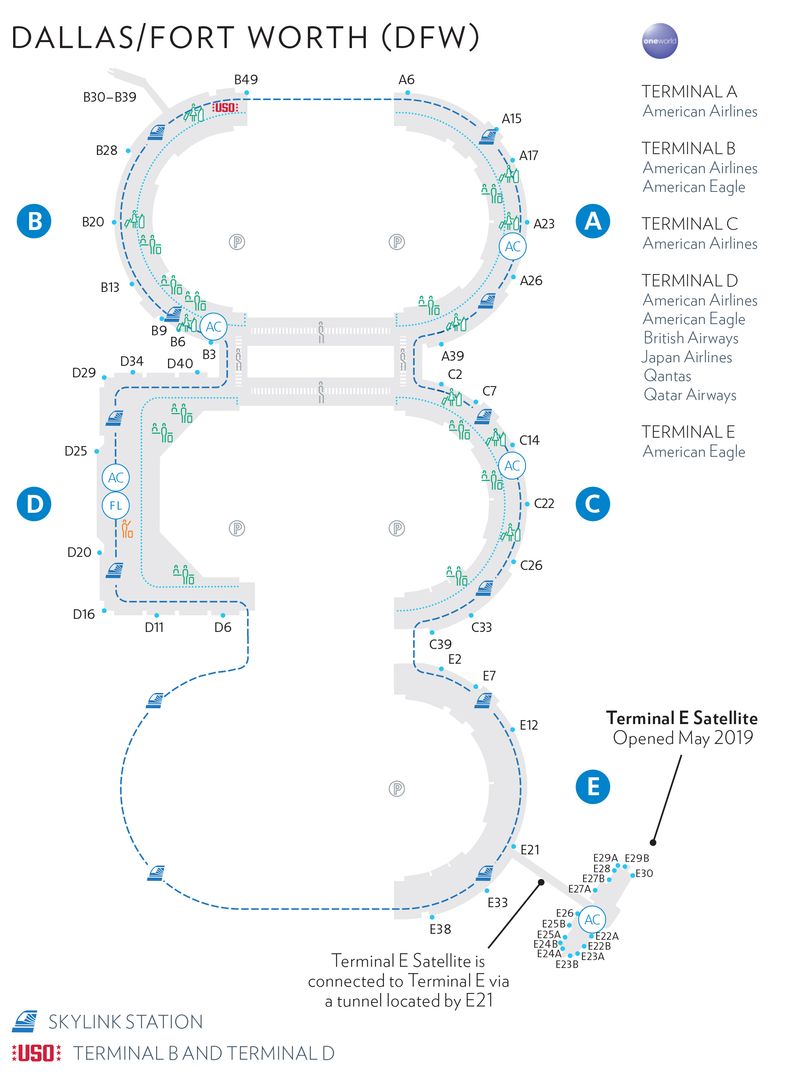
Unlike airports with centralized designs, DFW distributes gates across five separate terminals labeled A through E. Each terminal contains multiple concourses that extend like fingers into the distance.
Even supposedly “short” walks between nearby gates can surprise unsuspecting travelers. The distributed layout prioritizes operational efficiency over passenger convenience.
Navigating this system requires strategic planning and realistic time estimates that account for the architectural sprawl.
7. Daily Step Goals Achieved Before Boarding
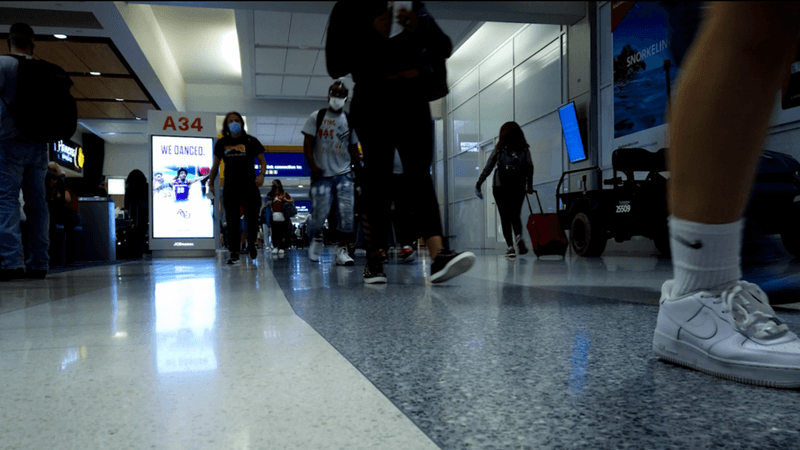
Fitness enthusiasts discover that DFW transit alone generates 5,000 to 7,000 steps on their activity trackers. That’s nearly half the recommended daily movement goal accomplished before takeoff.
Frequent business travelers joke about canceling gym memberships after regular DFW connections. Heavy luggage adds resistance training to the cardiovascular workout.
Some passengers strategically pack lighter or invest in high-quality wheeled bags to reduce the physical strain of extended airport navigation.
8. Navigation Challenges Create Panic Situations
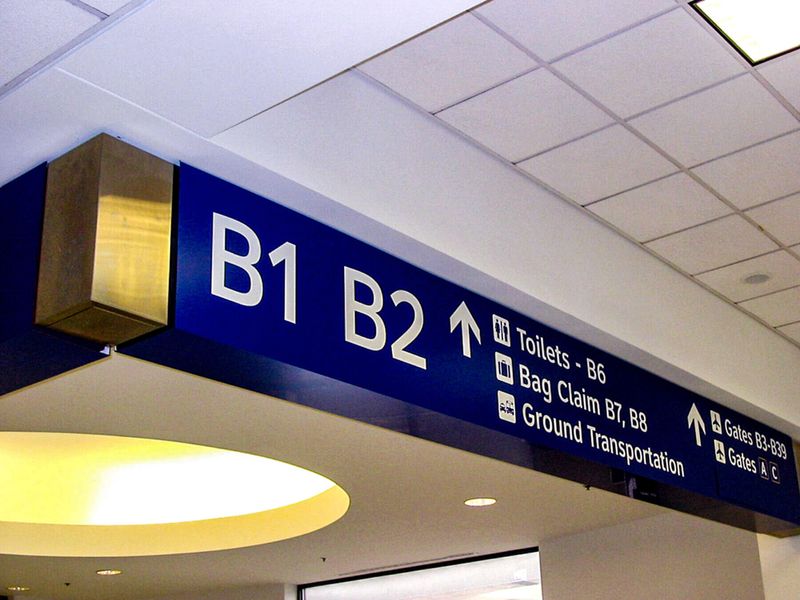
The sprawling layout combined with occasional poor signage transforms simple gate changes into genuine emergencies. Tight layovers become nail-biting races against departure times.
International travelers unfamiliar with DFW’s scale often underestimate transit requirements. Language barriers compound the stress when asking for directions becomes necessary.
Planning ahead with terminal maps and realistic time buffers prevents most navigation disasters from becoming missed flight catastrophes.
9. Premium Lounges Offer Strategic Rest Stops
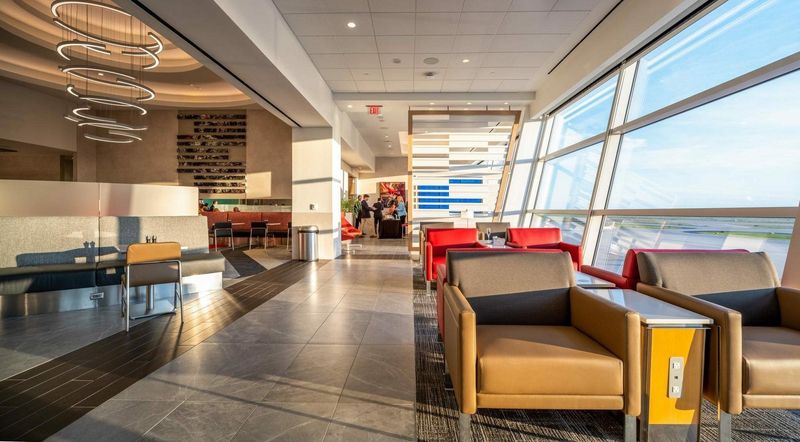
American Airlines’ Admirals Clubs and Centurion Lounges provide crucial recovery stations for weary airport hikers. Strategic placement near major gate clusters reduces additional walking requirements.
Frequent fliers learn to time their lounge visits around connection logistics. Comfortable seating and refreshments restore energy levels depleted by terminal navigation.
Access fees become worthwhile investments when facing multiple long walks during extended layovers or delayed flights.
10. On-Site Hotels Provide Walking Relief

The Grand Hyatt inside Terminal D and Hyatt Regency connected to Terminal C offer unprecedented convenience for exhausted travelers. Sleeping inside the airport eliminates morning navigation stress.
Extended layovers become opportunities for genuine rest rather than uncomfortable gate seating marathons. Business travelers appreciate shower facilities after long walking sessions.
Hotel rates reflect the premium convenience factor, but many guests consider the location benefits worth the additional expense.
11. Tight Connections Become High-Stakes Gambling
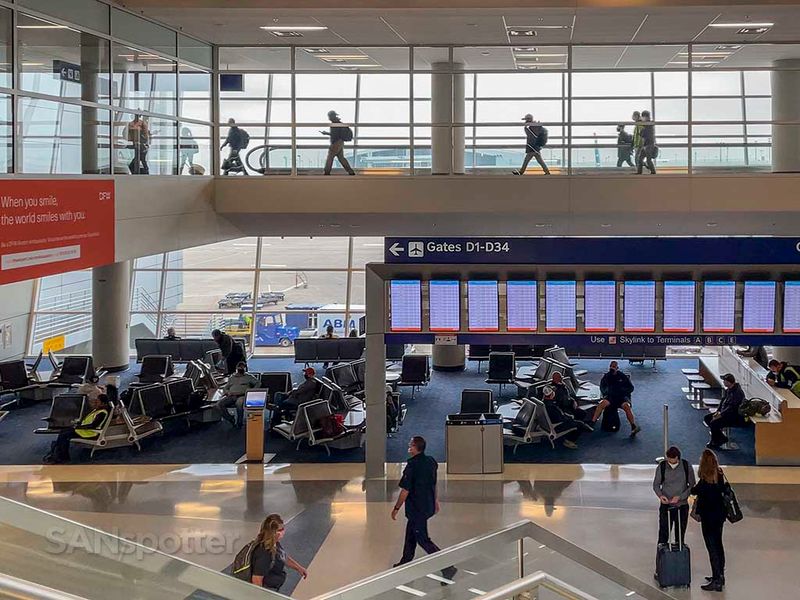
Layovers under 45 minutes transform into nerve-wracking sprints between distant terminals. Airport officials recommend 60 to 90 minutes for domestic connections and two hours for international transfers.
Gate changes during short layovers create genuine panic situations. Missed connections due to walking distances become expensive lessons in conservative scheduling.
Experienced travelers build extra buffer time into their itineraries specifically to account for DFW’s notorious walking requirements.
12. Digital Maps Become Essential Navigation Tools
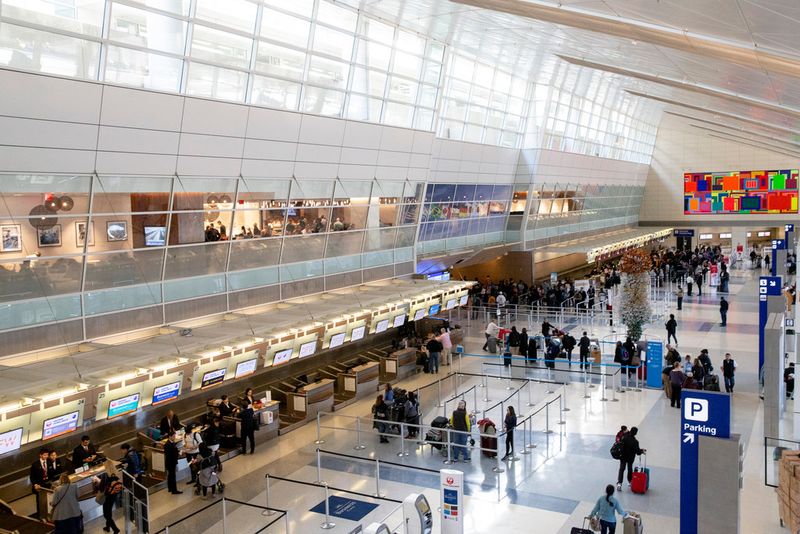
DFW’s official app and website provide real-time terminal maps with walking time estimates and SkyLink stop information. Smart travelers download these tools before arrival.
Interactive features show current gate distances and suggest optimal routes between connections. Real-time updates help avoid construction zones and maintenance closures.
Offline map capabilities ensure navigation assistance continues working even when airport WiFi becomes unreliable during peak usage periods.
13. High Rankings Despite Walking Marathon Requirements

Despite notorious walking distances, DFW consistently ranks well for cleanliness, dining options, shopping variety, and on-time performance. These positive factors help offset the physical demands.
Passenger satisfaction surveys show that amenities and efficiency ratings compensate for navigation challenges. Many travelers accept the walking trade-off for operational reliability.
Airport management continues investing in passenger comfort features while maintaining the sprawling layout that supports high traffic volumes.
14. American Airlines Hub Status Multiplies Walking Challenges
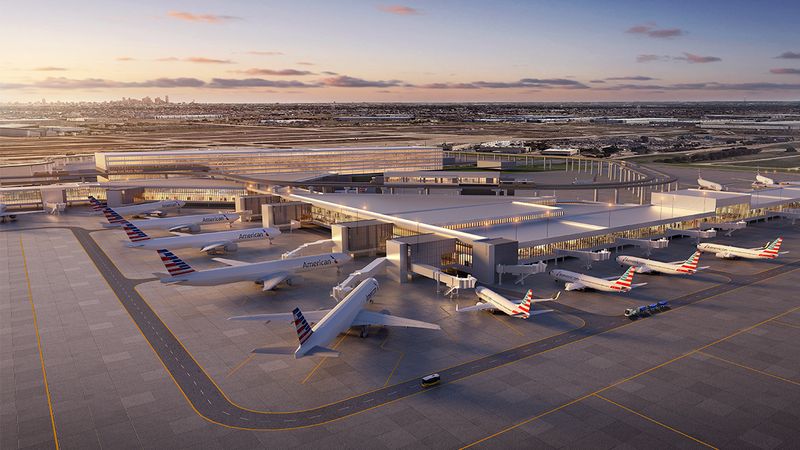
As American Airlines’ primary hub, DFW routes countless domestic and international passengers through its terminals daily. Hub operations frequently require gate changes and terminal transfers.
Connecting flights often involve significant walks between different airline operations areas. AA’s extensive route network means many travelers have no choice but to navigate DFW’s distances.
Frequent fliers develop personal strategies for managing the hub’s walking requirements while maintaining tight connection schedules.
15. Shuttle System Skipping Guarantees Regret
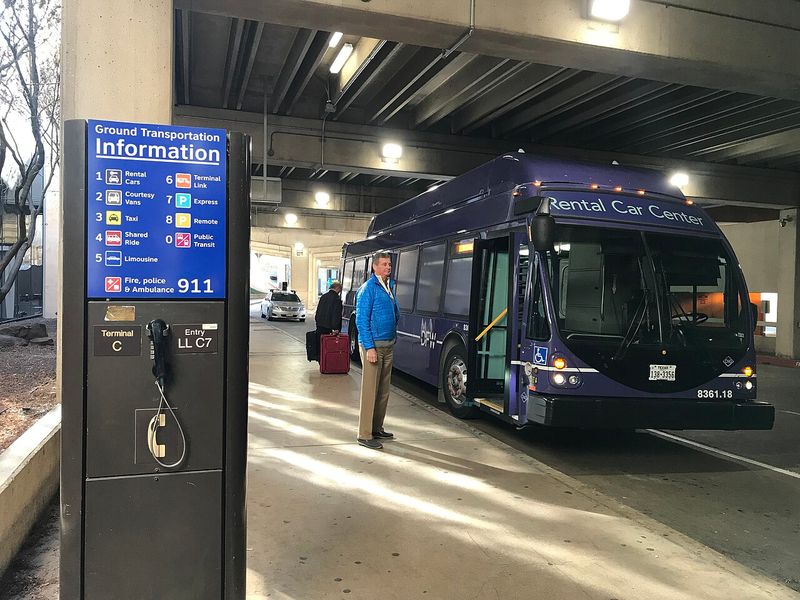
Free terminal shuttles run every ten minutes, but overconfident travelers often skip them thinking distances look manageable. This decision typically leads to immediate regret halfway through sweaty treks.
Pride comes before the fall when luggage gets heavy and terminals seem to stretch infinitely ahead. Smart phones die, feet hurt, and departure times approach uncomfortably fast.
Experienced DFW veterans always take the shuttle, regardless of apparent walking distances or available time buffers.



